Home>Gardening & Outdoor>Landscaping Ideas>How To Grow Grass Back
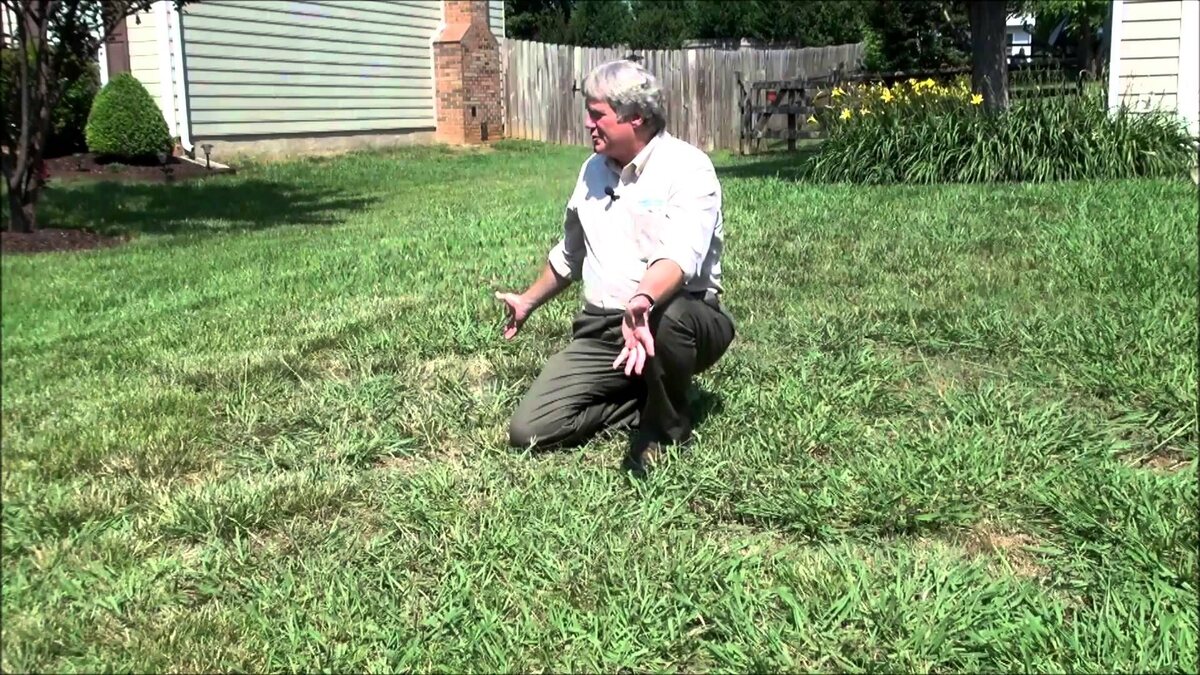

Landscaping Ideas
How To Grow Grass Back
Modified: March 28, 2024
Learn effective landscaping ideas to grow grass back in your yard. Discover expert tips and techniques for restoring your lawn to its former lush beauty.
(Many of the links in this article redirect to a specific reviewed product. Your purchase of these products through affiliate links helps to generate commission for Storables.com, at no extra cost. Learn more)
Introduction
When it comes to landscaping, a lush, green lawn serves as the cornerstone of a beautiful outdoor space. However, maintaining a healthy and vibrant lawn can be a challenging task, especially when faced with the unsightly problem of grass loss. Whether it's due to heavy foot traffic, pet damage, lawn diseases, or adverse weather conditions, the sight of bare patches can be disheartening for any homeowner or gardener.
The good news is that with the right knowledge and techniques, it's possible to rejuvenate your lawn and restore its former glory. In this comprehensive guide, we will delve into the art of regrowing grass, providing you with valuable insights and practical tips to help you achieve a verdant and resilient lawn. From understanding the underlying causes of grass loss to selecting the appropriate grass seed and implementing effective planting and maintenance strategies, this guide is designed to equip you with the tools needed to successfully grow grass back in your outdoor space.
So, if you're ready to embark on a journey toward a greener, more vibrant lawn, join us as we explore the essential steps and best practices for regrowing grass. By the end of this guide, you'll be well-prepared to tackle the challenge of grass regrowth with confidence and expertise, ultimately transforming your lawn into a lush and inviting oasis for both relaxation and recreation.
Key Takeaways:
- Regrowing grass involves understanding the causes of grass loss, preparing the soil, choosing the right grass seed, and planting and watering the seed with care. It’s like giving your lawn a fresh start for a lush and resilient look!
- After regrowing grass, maintaining and caring for the new growth is crucial. This includes monitoring, watering, mowing, fertilizing, and keeping an eye out for weeds and pests. It’s like nurturing a green paradise in your own backyard!
Read more: How To Get Grass To Grow Back
Understanding the Causes of Grass Loss
Grass loss can occur due to a variety of factors, and understanding the underlying causes is crucial for implementing effective regrowth strategies. Identifying the specific reasons behind the deterioration of your lawn can help you address the root issues and prevent future recurrences. Here are some common culprits of grass loss:
-
Heavy Foot Traffic: Areas that experience frequent foot traffic, such as pathways or play areas, are prone to grass wear and compaction. The constant pressure can lead to soil compaction, inhibiting the grass's ability to thrive and resulting in bare patches.
-
Pet Damage: Pets, particularly dogs, can inadvertently cause damage to the lawn through activities like digging, running along the same paths, or urinating in specific spots. Urine, in particular, contains concentrated nitrogen that can burn the grass, leading to discoloration and thinning.
-
Lawn Diseases: Fungal infections, such as brown patch or dollar spot, can wreak havoc on a once-healthy lawn. These diseases often manifest as discolored or dead patches of grass, signaling the need for targeted treatment and preventive measures.
-
Adverse Weather Conditions: Extreme weather, including drought, excessive rainfall, or prolonged exposure to intense sunlight, can take a toll on grass health. Drought can cause grass to wither and turn brown, while waterlogged soil from heavy rain can suffocate the roots, leading to decay.
-
Poor Soil Quality: Soil that lacks essential nutrients, has improper pH levels, or suffers from compaction can impede grass growth. Additionally, inadequate drainage and aeration can contribute to waterlogging and root suffocation.
By recognizing these factors, you can tailor your approach to regrowing grass, addressing the specific challenges your lawn faces. With a clear understanding of the causes of grass loss, you can proceed to the next crucial steps in the regrowth process.
Preparing the Soil for Regrowth
Before embarking on the journey of regrowing grass, it's essential to lay a solid foundation by preparing the soil to create an optimal environment for new growth. The condition of the soil directly impacts the success of grass regrowth, making this step a critical precursor to achieving a lush and resilient lawn.
Assessing Soil Quality
The first step in soil preparation involves assessing the quality of the existing soil. Factors such as pH levels, nutrient content, compaction, and drainage must be evaluated to determine the necessary amendments. Soil testing kits are readily available and provide valuable insights into the soil's composition, guiding you in making informed decisions regarding soil improvement.
Aerating the Soil
Compacted soil can hinder grass root development and impede the absorption of essential nutrients and water. Aerating the soil using a core aerator or aeration shoes helps alleviate compaction by creating channels that allow air, water, and nutrients to penetrate the root zone. This process promotes healthier root growth and enhances the soil's overall vitality.
Read more: How To Grow Back Dead Grass
Adding Organic Matter
Incorporating organic matter, such as compost or well-rotted manure, enriches the soil with vital nutrients and improves its structure. Organic matter enhances soil fertility, promotes microbial activity, and aids in moisture retention, creating an environment conducive to robust grass growth. Spread a layer of compost over the soil surface and gently rake it in to ensure even distribution.
Adjusting pH Levels
Optimal soil pH is crucial for facilitating nutrient uptake by the grass roots. If the soil test reveals an imbalanced pH, amendments such as lime or sulfur can be applied to adjust the levels and create a more hospitable environment for the new grass seed. Following the recommended application rates based on the soil test results is essential to avoid overcorrection.
Raking and Leveling
Once the necessary soil amendments have been applied, gently rake the soil to distribute the organic matter and level the surface. Raking helps break up any clumps, smoothens the soil, and creates a uniform bed for seeding. Avoid excessive compaction during this process to maintain a loose and friable soil structure.
By meticulously preparing the soil for regrowth, you set the stage for successful grass establishment and long-term vitality. The investment of time and effort in soil preparation lays a solid groundwork for the subsequent steps in the regrowth process, ensuring that your efforts yield a flourishing and resilient lawn.
Choosing the Right Grass Seed
Selecting the appropriate grass seed is a pivotal decision that significantly influences the success of regrowing grass. With a myriad of grass species and cultivars available, each with unique characteristics and growth requirements, it's essential to make an informed choice tailored to your specific lawn conditions and preferences.
Read more: How To Get My Dead Grass To Grow Back
Consider Your Climate and Region
The first step in choosing the right grass seed is to consider your local climate and region. Different grass species thrive in specific climate zones, so identifying the predominant climate in your area – whether it's cool-season, warm-season, or transitional – is crucial. For instance, cool-season grasses like Kentucky bluegrass and fescue varieties excel in regions with cold winters and moderate summers, while warm-season grasses such as Bermuda grass and Zoysia grass are better suited to areas with hot summers and mild winters.
Assess Sunlight and Shade Conditions
Evaluate the sunlight and shade patterns in your lawn to determine the appropriate grass species. Some grasses, like fine fescues, exhibit better shade tolerance, making them suitable for areas with limited sunlight. Conversely, sun-loving varieties such as Bermuda grass and Bahia grass thrive in full sun exposure. Understanding the light requirements of different grass species enables you to select seed varieties that align with your lawn's specific lighting conditions.
Analyze Soil Type and Quality
Soil composition and quality play a significant role in determining the compatibility of grass species. Whether your soil is sandy, loamy, or clay-based, certain grasses are better adapted to thrive in particular soil types. Additionally, if you've addressed soil deficiencies and pH imbalances during the soil preparation phase, choosing grass seed that complements the improved soil conditions can further enhance the regrowth process.
Evaluate Maintenance Preferences
Consider your maintenance preferences and the level of care you're willing to dedicate to your lawn. Some grass varieties demand more frequent mowing, fertilization, and irrigation, while others are more low-maintenance. By aligning the grass seed selection with your maintenance capabilities and preferences, you can establish a lawn that suits your lifestyle and landscaping goals.
Read more: How Fast Does The Grass Grow Back In Golf
Seek Professional Advice
If you're uncertain about the most suitable grass seed for your lawn, consulting with local landscaping professionals or extension services can provide valuable insights. These experts can offer tailored recommendations based on your specific geographical location, soil characteristics, and lawn usage, guiding you toward the most compatible grass seed options for successful regrowth.
By carefully considering these factors and conducting thorough research, you can make an informed decision when selecting the right grass seed for regrowing your lawn. The chosen grass seed should align with your local climate, soil conditions, and maintenance preferences, ultimately contributing to the establishment of a resilient and visually appealing grass cover.
Planting and Watering the Grass Seed
Once you've prepared the soil and selected the appropriate grass seed, the next crucial step in regrowing grass involves the meticulous process of planting and watering the grass seed. This phase is pivotal in establishing strong and healthy grass growth, setting the stage for a vibrant and resilient lawn. Here's a detailed overview of the essential tasks involved in planting and watering the grass seed:
Seeding Techniques
The method of seeding plays a significant role in the successful establishment of new grass growth. For small to medium-sized areas, hand seeding or using a handheld spreader can provide precise control over seed distribution. Ensure thorough coverage by spreading the seed evenly across the prepared soil surface, aiming for a consistent seeding rate to avoid over-seeding or sparse patches. For larger areas, a mechanical seeder or broadcast spreader can expedite the process while maintaining uniform seed dispersal.
Soil Contact
Proper seed-to-soil contact is vital for germination and root development. After spreading the grass seed, lightly rake the soil to cover the seeds with a thin layer of soil. This ensures that the seeds are nestled into the soil, promoting moisture retention and facilitating the germination process. Avoid burying the seeds too deeply, as this can impede their ability to sprout and emerge.
Read more: How Long Does Burnt Grass Take To Grow Back
Watering Regimen
Consistent and adequate moisture is essential for seed germination and early growth. After seeding, gently water the area using a fine mist or a gentle spray attachment to prevent displacement of the seeds. Aim to keep the soil consistently moist but not waterlogged, as excessive moisture can lead to seed rot or fungal issues. Depending on the climate and soil conditions, frequent light watering may be necessary to maintain optimal moisture levels.
Irrigation Schedule
Establishing a regular irrigation schedule is crucial during the initial stages of grass seed germination. Water the newly seeded area lightly multiple times a day, especially during dry or hot periods, to ensure that the soil remains consistently moist. As the grass seedlings begin to emerge and mature, gradually transition to a less frequent but deeper watering schedule to encourage robust root development and drought resistance.
Monitoring and Adjustments
Regular monitoring of the seeded area is essential to assess moisture levels, identify any signs of uneven germination, and address potential issues promptly. Adjust the watering regimen based on the observed germination progress and weather conditions, ensuring that the young grass receives the necessary moisture for healthy growth.
By meticulously following these planting and watering guidelines, you can maximize the chances of successful grass seed germination and establishment. The careful attention to seeding techniques, soil contact, and watering practices sets the foundation for a thriving lawn, bringing you one step closer to achieving a rejuvenated and verdant outdoor space.
Maintaining and Caring for New Grass Growth
After diligently planting and nurturing the grass seed, the focus shifts to maintaining and caring for the emerging grass growth to ensure its long-term health and vitality. This phase is critical in nurturing the young grass and fostering its development into a lush and resilient lawn. Here's a detailed overview of the essential practices involved in maintaining and caring for new grass growth:
Monitoring Germination and Growth
Regular monitoring of the seeded area is essential to track the progress of germination and early growth. Keep a close eye on the emerging grass seedlings, observing their density, uniformity, and overall health. This allows you to identify any areas with sparse germination or signs of stress, enabling prompt intervention to address potential issues.
Gradual Reduction of Watering Frequency
As the grass seedlings mature and establish their root systems, gradually reduce the frequency of watering while increasing the depth of each watering session. This encourages the development of deep and resilient root systems, enhancing the grass's ability to withstand periods of drought and environmental stress. Transitioning to a deeper but less frequent watering schedule promotes the growth of a robust and drought-resistant lawn.
Mowing Practices
Once the new grass reaches a height of approximately 3 to 4 inches, it's time to initiate the first mowing session. Set the mower blade to a height that removes no more than one-third of the grass blade's length, promoting healthy growth and minimizing stress on the young grass. Regular mowing at the appropriate height encourages lateral growth and helps the grass develop a dense and uniform appearance.
Fertilization and Soil Amendments
After the initial establishment phase, consider implementing a balanced fertilization program tailored to the specific needs of the grass species. Soil testing can provide valuable insights into nutrient deficiencies, guiding the application of targeted fertilizers to promote vigorous growth and vibrant color. Additionally, periodic soil amendments with organic matter can further enhance soil fertility and structure, supporting the long-term health of the grass.
Read more: How To Cut Back Monkey Grass
Weed Control and Pest Management
Vigilant weed control and pest management are crucial for safeguarding the new grass growth from competing vegetation and potential pest damage. Regularly inspect the lawn for invasive weeds and address them promptly to prevent them from outcompeting the developing grass. Similarly, monitor for signs of pest infestations and deploy appropriate control measures to protect the young grass from potential threats.
Seasonal Maintenance
Adapt your maintenance practices to align with the changing seasons, addressing specific needs and challenges that arise throughout the year. This includes adjusting watering schedules based on seasonal rainfall patterns, overseeding to fill in any sparse areas, and implementing targeted treatments to combat seasonal lawn diseases or stressors.
By diligently implementing these maintenance and care practices, you can nurture the new grass growth into a thriving and resilient lawn. The attentive monitoring, gradual adjustments in watering and mowing, targeted fertilization, and proactive weed and pest management collectively contribute to the establishment of a healthy and visually appealing lawn, ensuring that your efforts yield a verdant and inviting outdoor space.
Conclusion
In the journey of regrowing grass, the culmination of meticulous planning, diligent soil preparation, strategic seed selection, and attentive maintenance practices leads to the transformation of a depleted lawn into a vibrant and resilient outdoor oasis. The process of regrowing grass is not merely a restoration of greenery; it represents a testament to the dedication and care invested in nurturing a thriving natural landscape.
As the new grass emerges and matures, it breathes life into the once-bare patches, weaving a tapestry of lush greenery that revitalizes the outdoor space. The careful selection of the right grass seed, tailored to the local climate, soil conditions, and maintenance preferences, sets the stage for the successful establishment of a visually appealing and resilient lawn.
The journey of regrowing grass is a testament to the transformative power of attentive care and strategic planning. From the initial assessment of soil quality to the precise planting and watering of the grass seed, each step contributes to the gradual rejuvenation of the lawn, culminating in the emergence of a verdant and inviting outdoor sanctuary.
As the newly regrown grass takes root and flourishes, it not only enhances the aesthetic appeal of the landscape but also fosters a sense of pride and accomplishment for the homeowner or gardener. The lush expanse of greenery becomes a canvas for outdoor activities, a backdrop for relaxation, and a source of natural beauty that enriches the living environment.
In conclusion, the journey of regrowing grass is a testament to the transformative potential inherent in the art of landscaping. It embodies the harmonious interplay between human care and natural resilience, resulting in the creation of a thriving and visually captivating lawn. By embracing the principles of soil stewardship, strategic seed selection, and attentive maintenance, homeowners and gardeners can embark on a journey that culminates in the rejuvenation of their outdoor spaces, ultimately fostering a deeper connection with the natural world.
Frequently Asked Questions about How To Grow Grass Back
Was this page helpful?
At Storables.com, we guarantee accurate and reliable information. Our content, validated by Expert Board Contributors, is crafted following stringent Editorial Policies. We're committed to providing you with well-researched, expert-backed insights for all your informational needs.
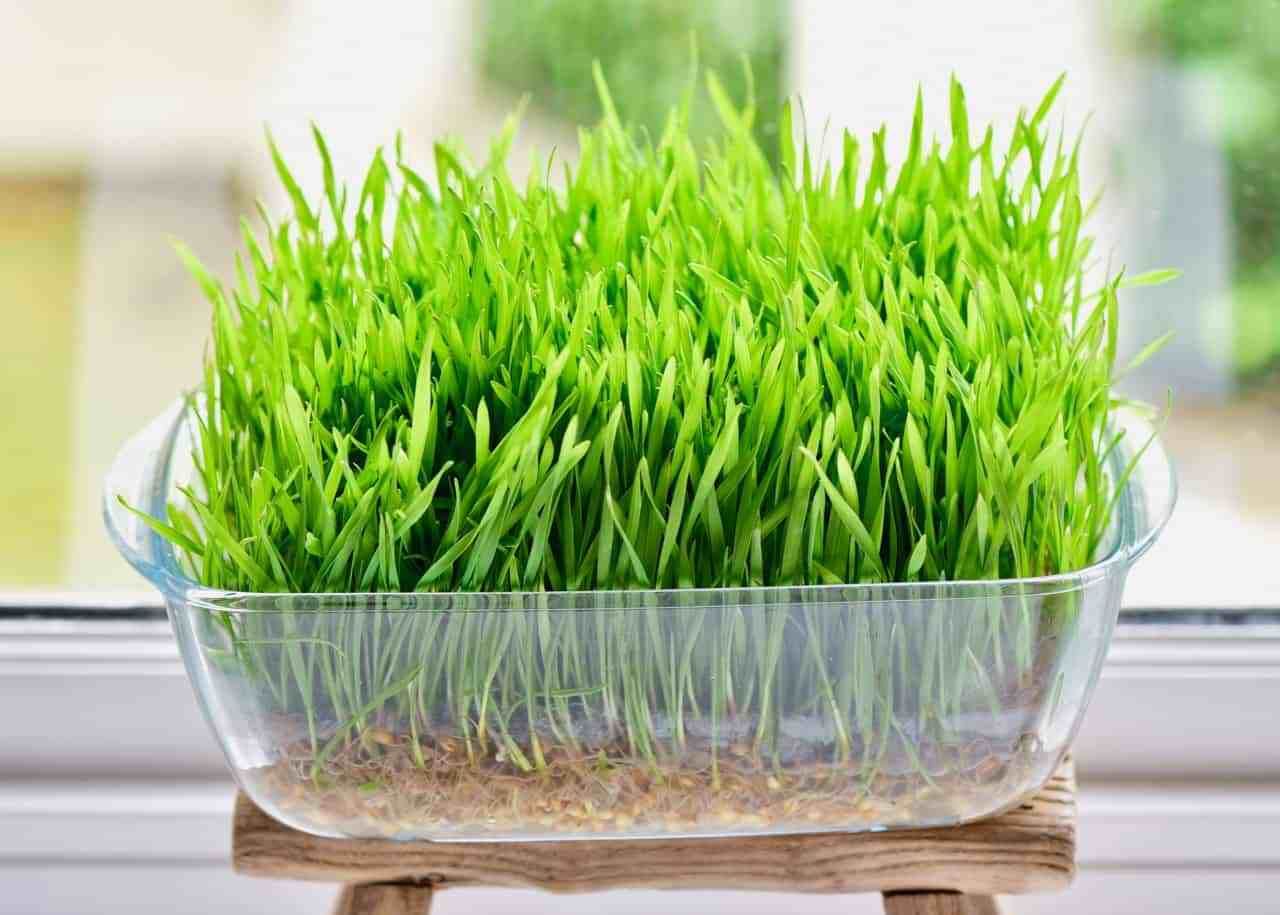

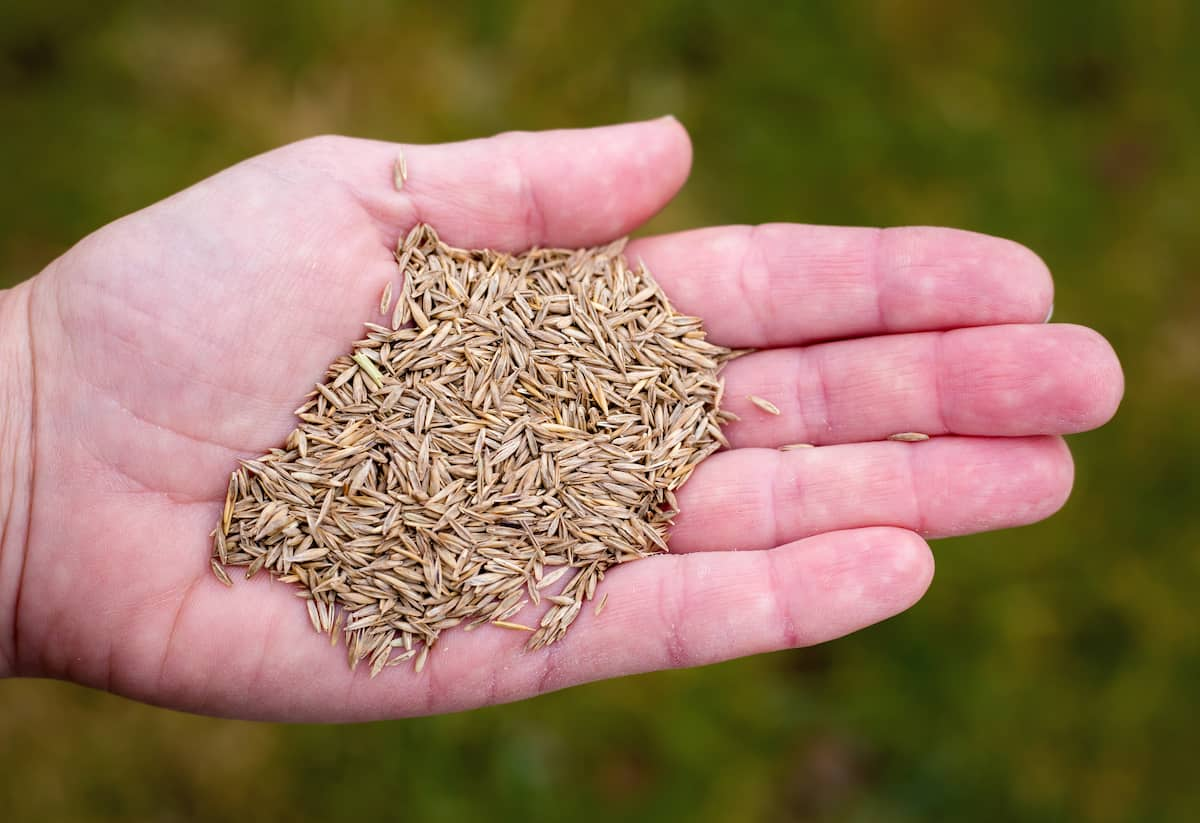
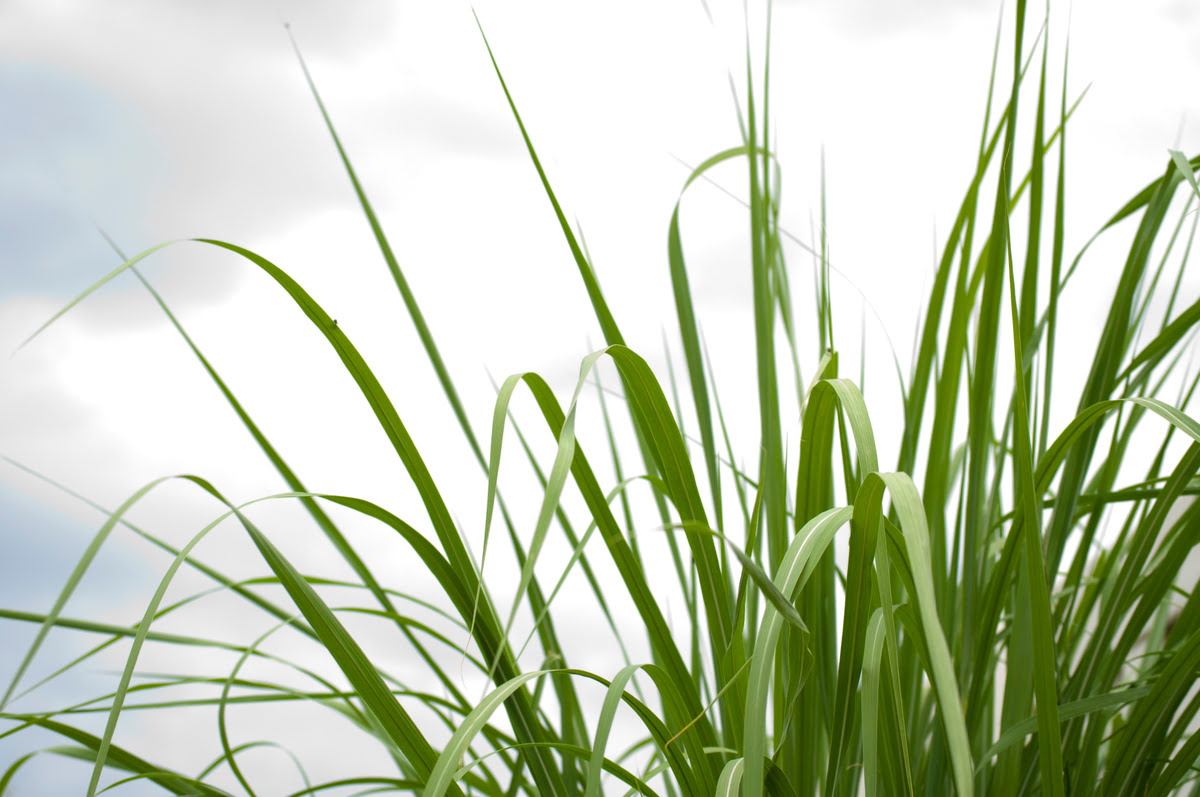
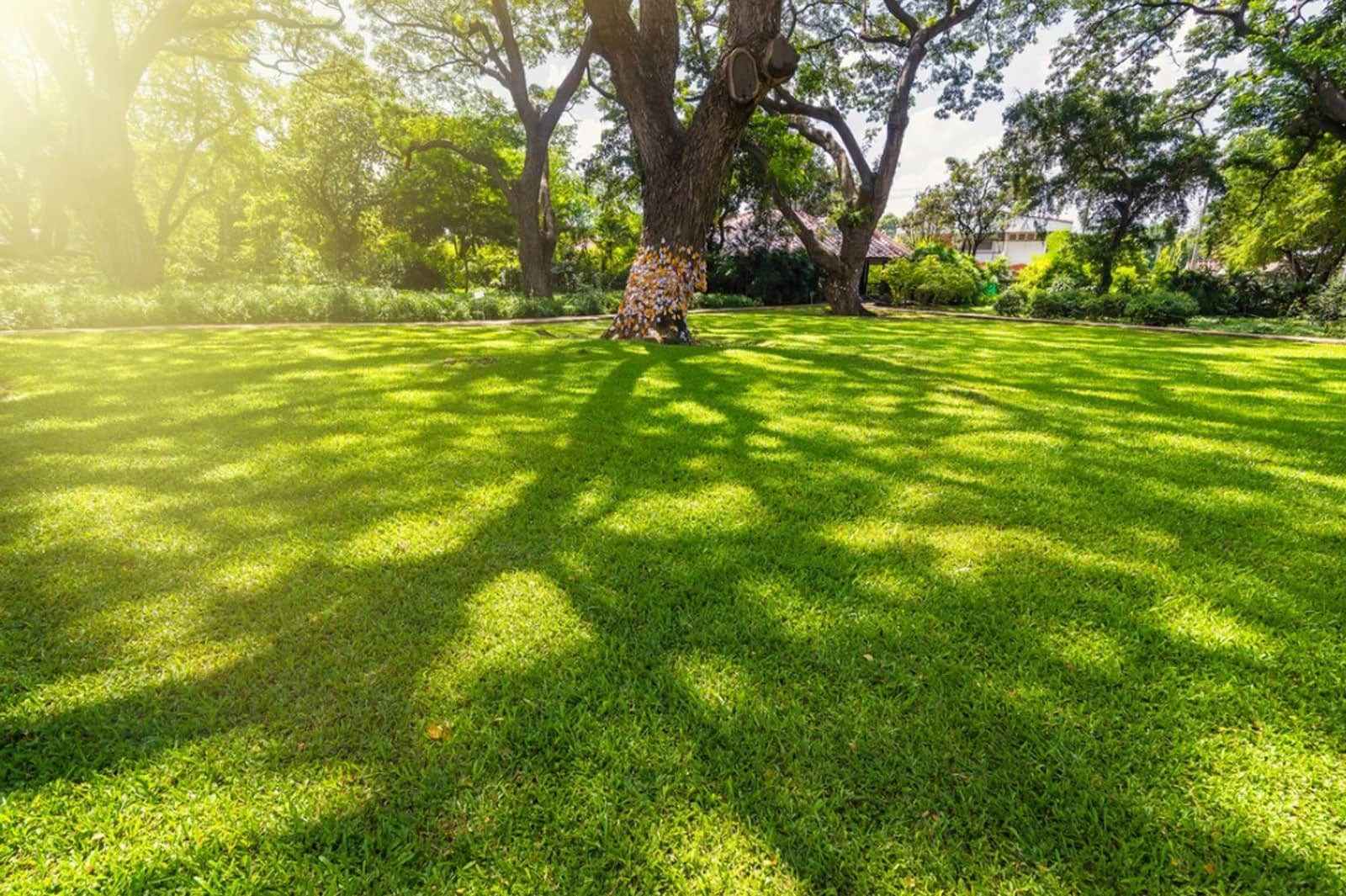
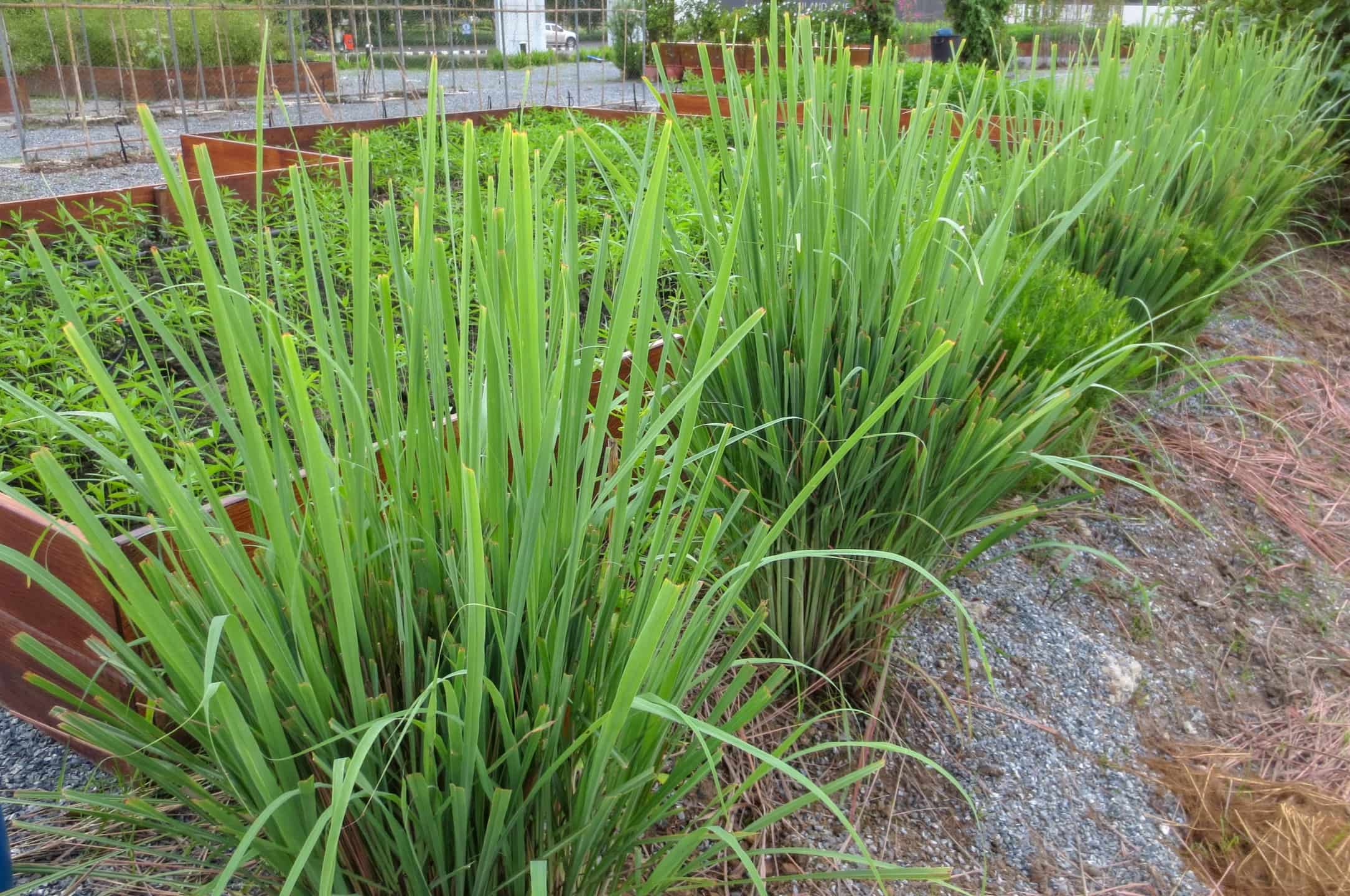
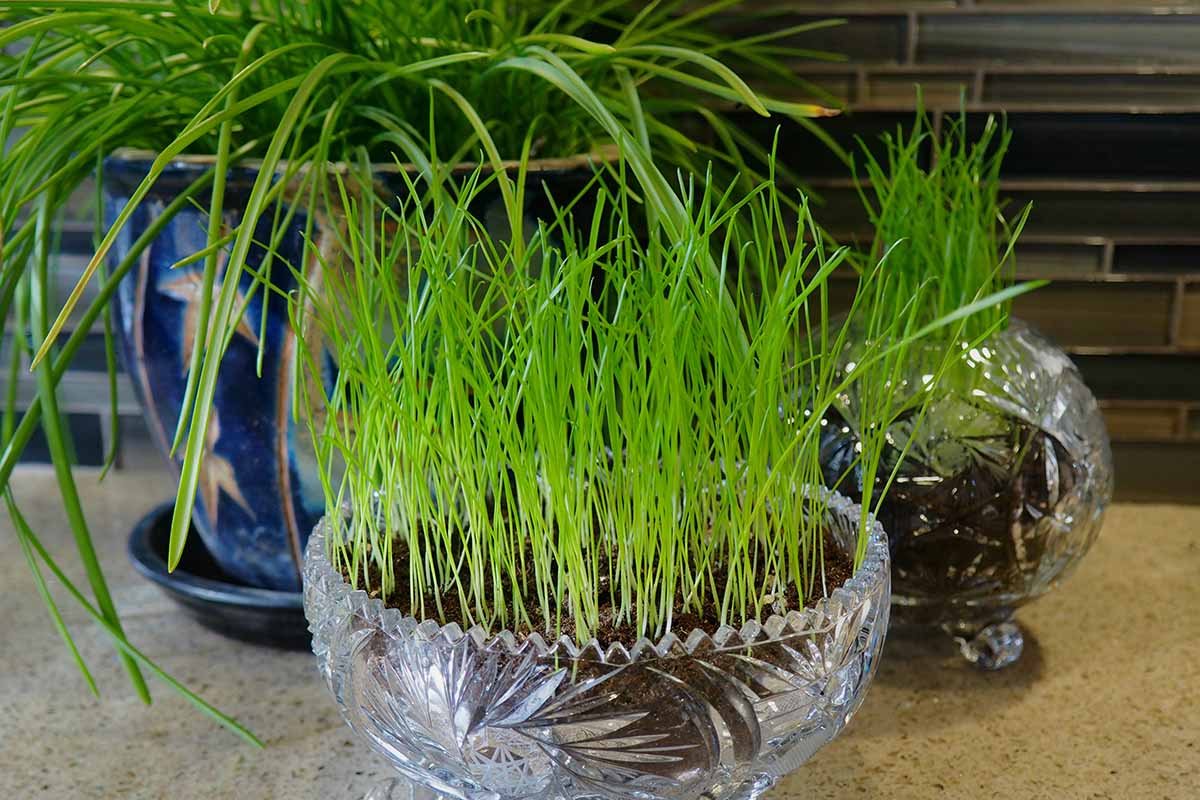
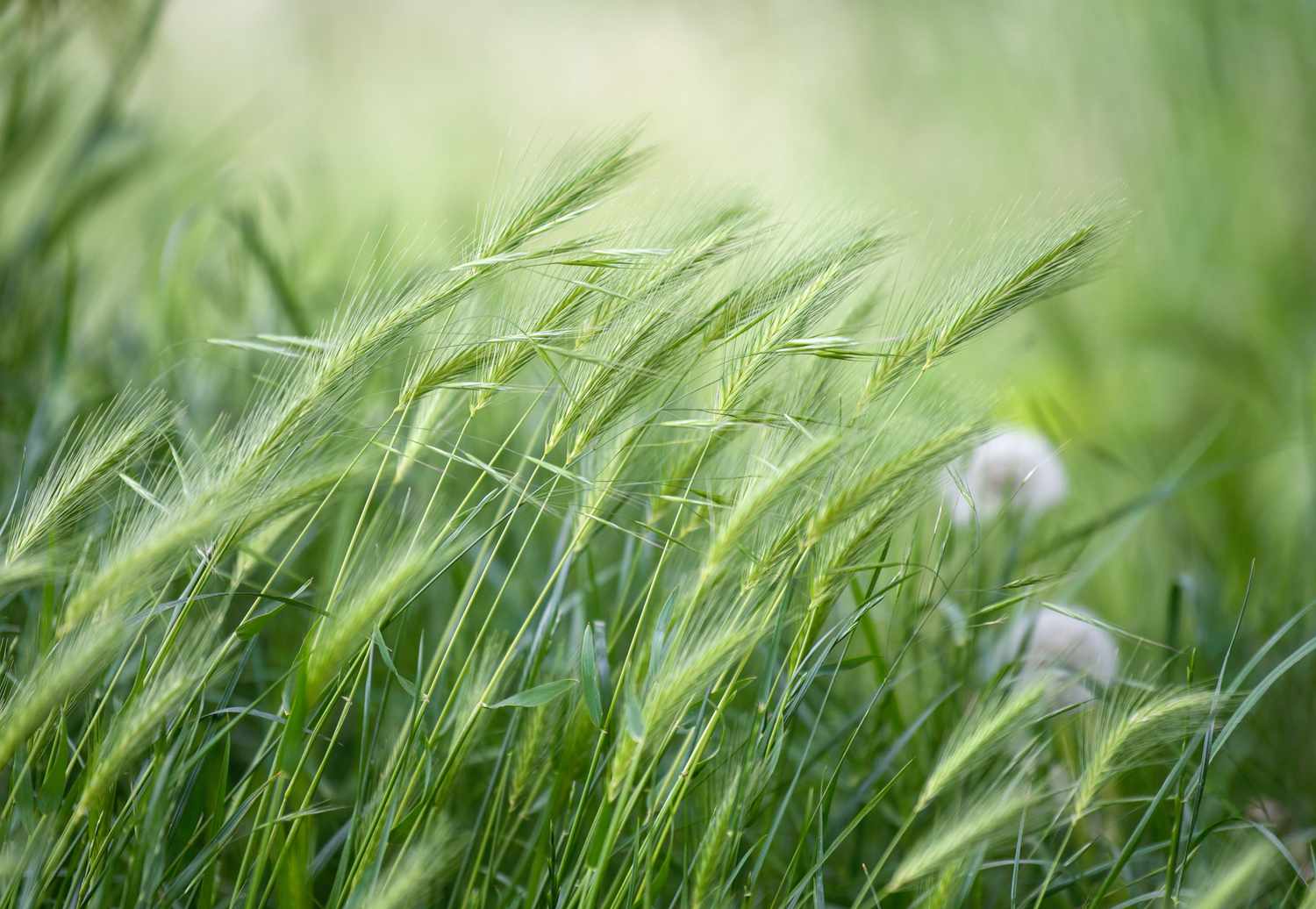


0 thoughts on “How To Grow Grass Back”